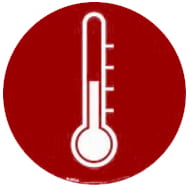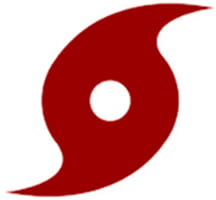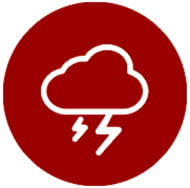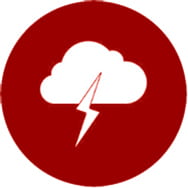Weather Hazards
The University of Southern California and surrounding areas can experience several types of weather hazards during different seasons of the year. The information and resources on this page can help you understand these hazards and how to be prepared. A number of these hazards are connected to atmospheric conditions that can be observed and predicted. The National Weather Service (NWS) holds the responsibility of issuing forecasts, watches, and warnings for various weather and water-related risks.
During weather emergencies, maintaining composure and staying vigilant is crucial. If weather conditions seem concerning, use the commercial radio, weather radio, and local television or monitor appropriate websites such as National Weather services and be on the lookout for Advisories, Watches or Warnings via. In case of any damage on campus, promptly notify Facilities Management & Construction or Compliance & Risk Management.
|
|
|
|
|
|
|
|
|
For additional weather information, visit National Weather Service Safety Tips and Cal OES MyHazards.







